Sign up here to get the latest news, updates and
special offers delivered directly to your inbox.

I started Idealab with a dream to make something like a modern version of Thomas Edison’s Lab where we could test ideas under one roof and then spin them off into separate companies. These companies would have their own management teams and their own equity pools, while at the same time benefitting from shared experiences and resources.
With lots of help from so many great people, my dream became a reality. We have come up with more than 5,000 ideas, started more than 150 companies, and had more than 50 successful IPO’s and acquisitions. We are most proud that we created more than 10,000 jobs and thousands of new entrepreneurs.
We learned lots of lessons - some great and some painful - and it’s my honor to share them with you here. If even one tiny bit of one of these lessons can help you be more successful, that would make me so happy. I love entrepreneurship, and hope that our lessons can help more companies and entrepreneurs to be successful and change the world in a positive way.
I am so grateful to all the people who helped me make the Idealab “experiment” work for these 25 years.
Sincerely,
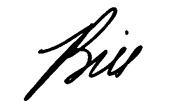
Chairman and Founder,
Idealab
BE LEAN
You need to run a lean startup. There's a great book by Eric Reese called The Lean Startup and I really urge you to read that.
But here's the basic premise, and I was doing this before I even heard the term lean startup mostly because I didn't have the money to do otherwise. But it's really, really important to do even if you have the money. And that is, to run your business with the scientific method, to have a hypothesis of what thing you want to learn, to develop the simplest experiment to test that hypothesis, to get feedback from that experiment, and then take that learning and have a new hypothesis.
So, what does that mean in practice?
One of our famous companies, that grew to be more than a billion dollar exit was CarsDirect. Cars Direct was built on the premise, this is back in 1998, was built on my premise, that people would buy a car sight unseen online. That people would give $1,000 deposit, to configure the car they wanted, place that and have the car arrive at their house on a flatbed pick-up truck with no interaction with the dealer whatsoever.
Well, that was something that I personally wanted. But I didn't know if anybody else wanted it and in fact, when I told it to other people, they laughed at me and said no one's going to do that. Again, think back to 1998, there were some people who back then said people won’t even put their credit card online let alone $1,000 as a deposit. But I knew that I really wanted that. I wanted to see if other people wanted that. So, I wanted to devise the simplest experiment to determine if that was a true statement, that was my hypothesis that some people would do that.
So, we hired a CEO to build this idea. And that CEO started, the goal was in 90 days let's go find a way to put up a website and see if anybody wants to do it. So, I remember after about 30 days of getting the team together getting it started, building the website, there weren't great tools for building websites back then, we had to build everything from scratch. I was asking them how they're doing and they said, well they're building the configurator, they're testing out how you choose the option to your car and making sure you don't choose invalid options and I was saying don't worry about that. We don't even know if this is going to work. Don't build the configurator yet, you have to figure out all the options and all the car models out there. Let's just let people type in what they want and will figure out in the back end if that’s valid or not before we submit that to the car dealership.
Then we worked on that for a while and I came back another 30 days later, and they said, well right now we're working on the source of supply. I’m talking to Ford and I’m talking to Honda to figure out can we have a source supply of cars. And I’m saying, why are we worrying about whether we have a source of supply of cars. We don't even know if we're going to do this idea. We just want to see if anybody would buy this.
So finally, on something like on the 80th day, they said, OK we got it all already. We are going to let people type in what they want. We don't even have credit card approval yet but I said don't even worry about that. Let them type in their credit card, we won't even cash it. We just want to see if they would have put in their credit card to see if they would have done this.
So, I remember on Thursday we put the site live, I went home. I remember coming on Friday morning and saying well how did it work?
And they said, well we sold four cars last night. I said, hurry up and turn the site off!
The reason was all we were going to do was go down to the auto mall in Monrovia and buy the cars and deliver them on a flatbed truck and lose probably $1,000 or $2000 per car. So now we're going to lose $8,000 for those four orders.
But, we learned the critical thing. For only $8,000, without the development of all the back end and all the stuff we got to do and securing source and supply, we found the answer to the critical hypothesis question which is, people would put their credit card in online to configure a car that they wanted and buy it sight unseen for a fixed price.
That was gold.
With that gold, we then really set out to build the whole company. We delivered those four cars to test out the experience, make sure they were happy but then we went out to build a website and the website took off like crazy. This was really, really revolutionary.
Not everybody wanted to do it but enough people want to do it that the company went public, grew to more than a billion dollar valuation, and continues to this day, in many, many areas as part of Internet Brands.
But the critical thing there was, how do we learn that critical thing in a very lean method?
Well, every company can do that. You really need to think about how can I learn the most, (maybe sometimes without even writing a line of code) if code wasn’t involved. Now in some cases, it's very hard to be very lean but it's always possible to figure out, how could I spend the least possible, to get the most critical learning.
And the reason for that is, that’s how a startup wins. By out learning their bigger competition.
Your bigger competition has more money than you. Your bigger competition has more brand than you. Your bigger competition has more resources than you. But you could “out learn” them by doing more tighter iterations with a great hypothesis at each step.
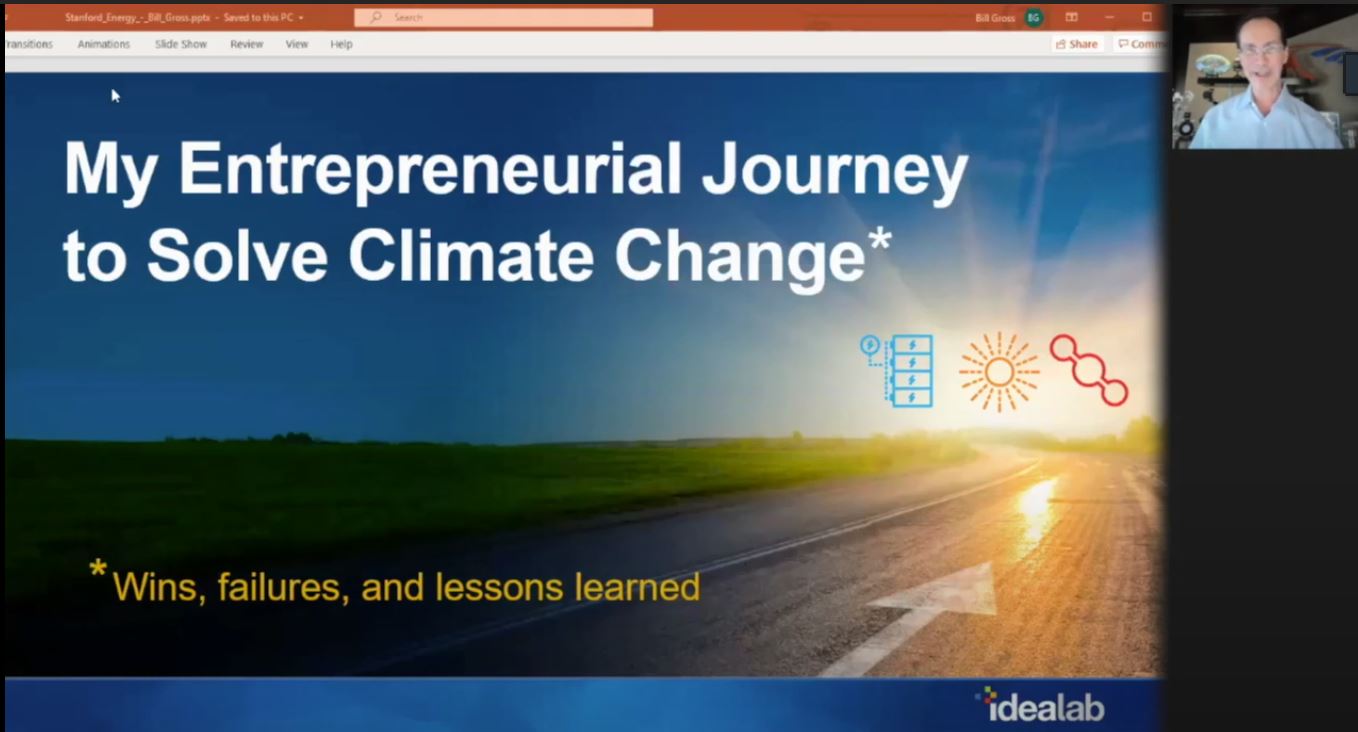
Bill Gross discusses his entrepreneurial journey to solve climate change
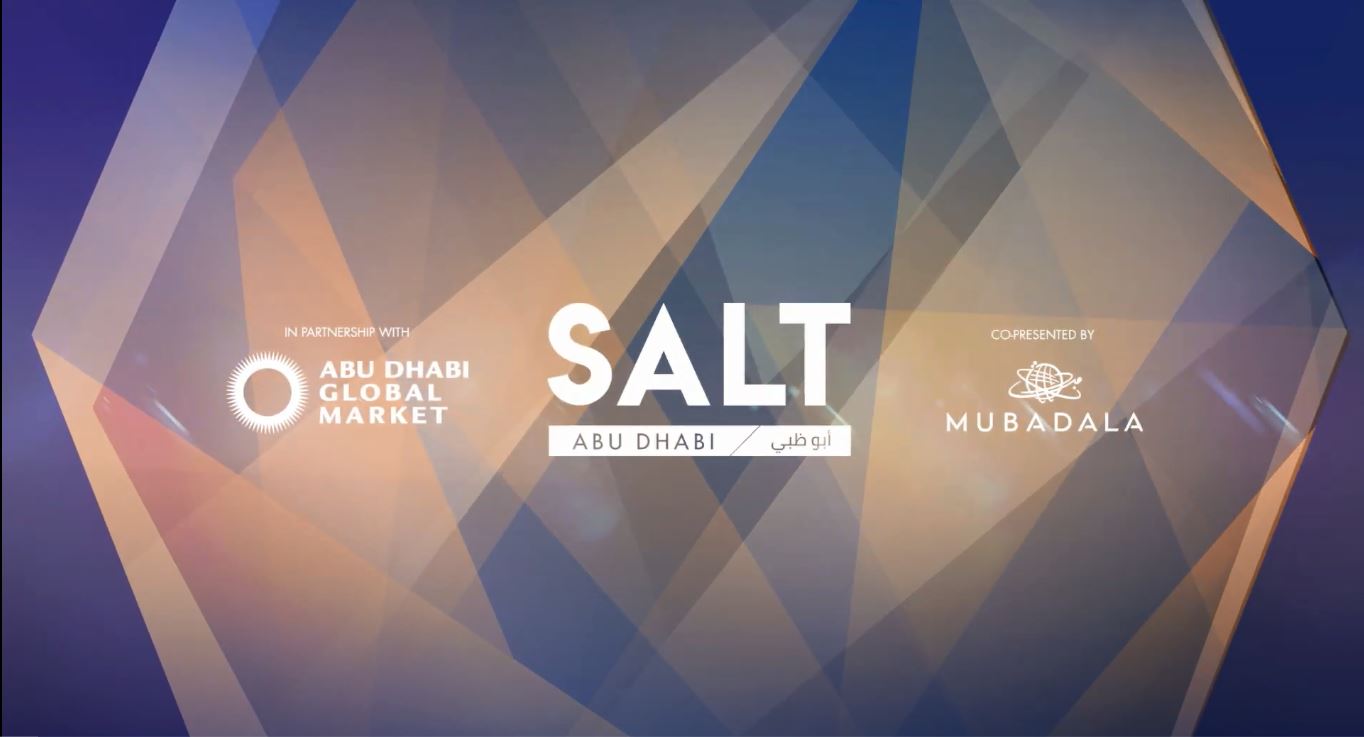
SALT Voices: Bill Gross | Founder & Chairman, Idealab

Ground-breaking solar technologies and why clean technology is a trillion dollar opportunity
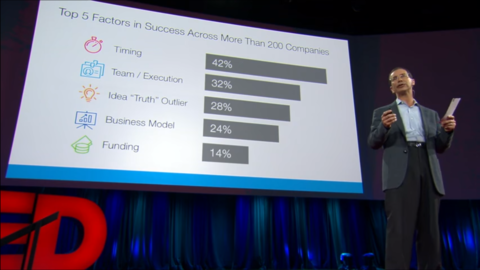
Bill's talk on the single biggest reason why startups succeed
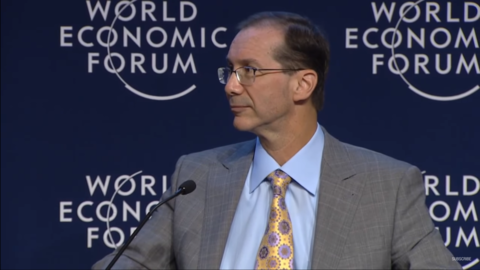
Bill speaks about regulation designed to foster technology-driven growth
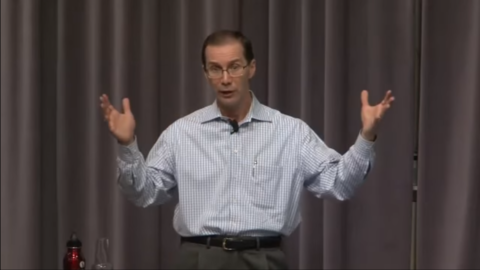
An informative and inspiring talk on innovation and starting companies

I started Idealab with a dream to make something like a modern version of Thomas Edison’s Lab where we could test ideas under one roof and then spin them off into separate companies. These companies would have their own management teams and their own equity pools, while at the same time benefitting from shared experiences and resources.
With lots of help from so many great people, my dream became a reality. We have come up with more than 5,000 ideas, started more than 150 companies, and had more than 50 successful IPO’s and acquisitions. We are most proud that we created more than 10,000 jobs and thousands of new entrepreneurs.
We learned lots of lessons - some great and some painful - and it’s my honor to share them with you here. If even one tiny bit of one of these lessons can help you be more successful, that would make me so happy. I love entrepreneurship, and hope that our lessons can help more companies and entrepreneurs to be successful and change the world in a positive way.
I am so grateful to all the people who helped me make the Idealab “experiment” work for these 25 years.
Sincerely,

Chairman and Founder,
Idealab